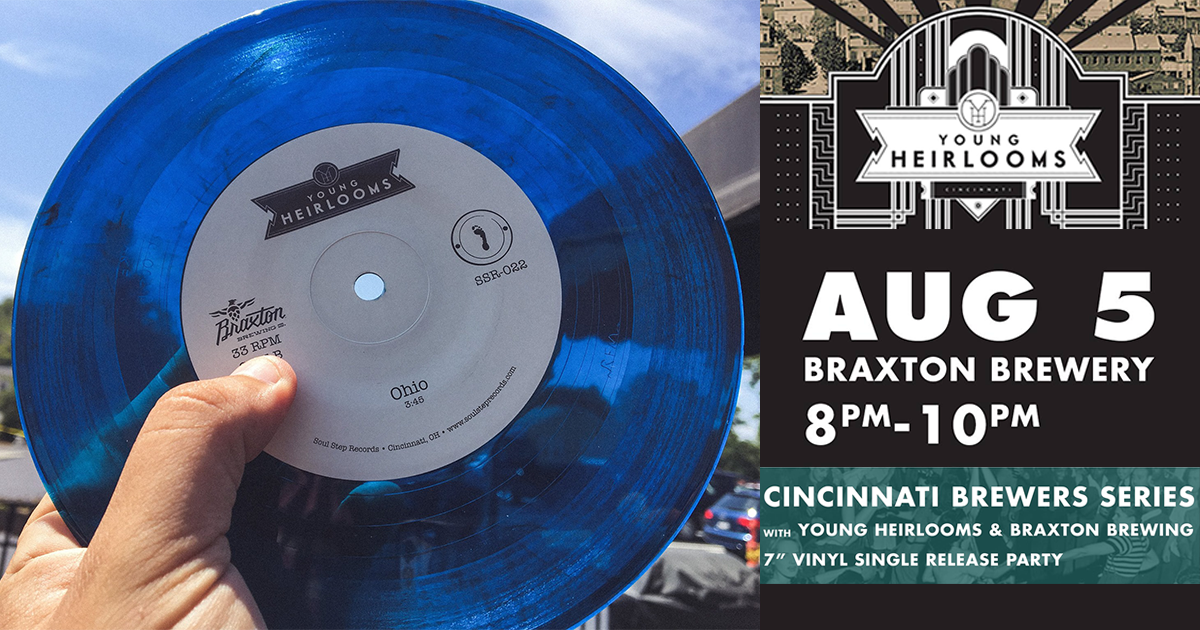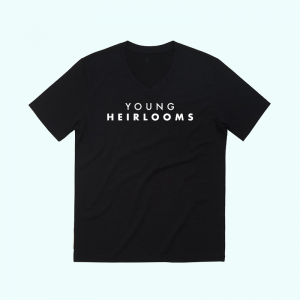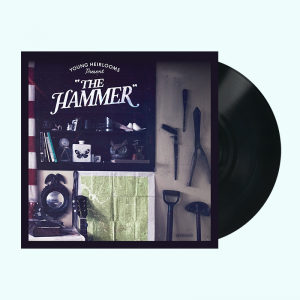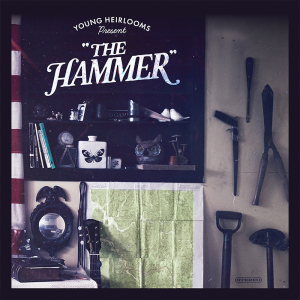Ohio in the Year of Living Fearfully
by Rob Lewis – Writer, Veteran, Farmer
July 31, 2017
The springtime shooting deaths of four students by Ohio National Guardsmen at Kent State University in 1970 could have easily slipped to the level of obscure footnote in the lore of the anti-Vietnam War counterculture.
But John Filo’s Pulitzer Prize-winning photo in Life magazine and the protest anthem “Ohio” by Crosby, Stills, Nash and Young forever cemented the tragedy’s place in our nation’s mythology.
The creation of “Ohio” is the stuff of legend. Days after the massacre, David Crosby showed bandmate Neil Young the Life feature containing Filo’s photograph. Driven by his rage, Young took his guitar into the nearby woods and came back a few hours later with the song. It was recorded two takes, with Crosby breaking into tears as the song ended as he begs to know “How many more?” Twelve days later, Atlantic Records issued the single in a sleeve depicting a copy of the First Amendment.
“Ohio” went viral before “went viral” was invented.
The song itself was no less dramatic that its creation. Gone were the gentle wood and string grooves of CSNY songs like “Our House” and “Teach Your Children.” Crosby, Young, and Stephen Stills’ guitars crunch angrily over guest John Barbata’s pounding beat that mimics Hollywood’s version of Indian War drums.
All of this fury over the repeated mantra, “Four dead in O-hi-o.”
Now, nearly four decades later, the song has received an intriguing reinvention.
To cover a song so deeply rooted in a specific time, and to release it on limited press vinyl, was a bold stroke made by The Young Heirlooms, Cincinnati’s upstart Americana six-piece.
Angry political anthems are in short supply these days. In digitally fragmented Trump America, no sooner would an earnest plea for justice be issued by a recording artist than it would be ruthlessly swarmed by anonymous trolls armed with teary-eyed cartoon frogs and defended and derided in 15-second, YouTube-ready bursts by guests on a multitude of cable news programs.
With “Ohio,” the Young Heirlooms have managed a powerful critique of present-day troubles by changing the setting to a previous generation in much the same way that director Robert Altman used the Korean War as a stand-in for Vietnam in M*A*S*H.
This song wasn’t about Nixon anymore than The Young Heirlooms’ cover is about Trump. Both the original and the cover are responses to the dark, populist waves that washed these demagogues into the White House with promises of law, order and restoration of WASP notions of American greatness.
CSNY’s response to Kent State was genuine shock. The Young Heirlooms are more accustomed to telling stories that feel old and lived in. The grief of their “Ohio” is whispered over ancient bones. The original was a plaintiff howl into the darkening abyss. The Young Heirlooms’ “Ohio” is the abyss answering back.
Floating lazily on Steve Hauke’s steel strings, the voices of Kelly Fine, Laura Bock and Christopher Robinson crawl under the skin and leave ice in their wake. The famously harmonized CSNY voices give way to this trio of seers, portending menace and evil like Macbeth’s witches. The song becomes unmoored from 1970 and is caught in the same current pulling the rest of us into the darkness.
By the time of its angry, crackling finish—the only aspect of the cover with close echoes of the original, thanks to Robinson’s frenetic guitar—there is an almost unbearable foreboding. Unlike Crosby’s cries, when Kelly Fine coos her ethereal “How many more?,” it leaves the impression that she and the rest of her bandmates might know.
“Ohio” is a chilling prediction that there is no escape, just as there was no escape for William Schroeder and Sandra Lee Scheuer, students who were shot and killed by soldiers’ bullets at Kent State even though they weren’t protesting,
The Young Heirlooms don’t have to shout it. Telling another old story made new, they whisper it beautifully.








